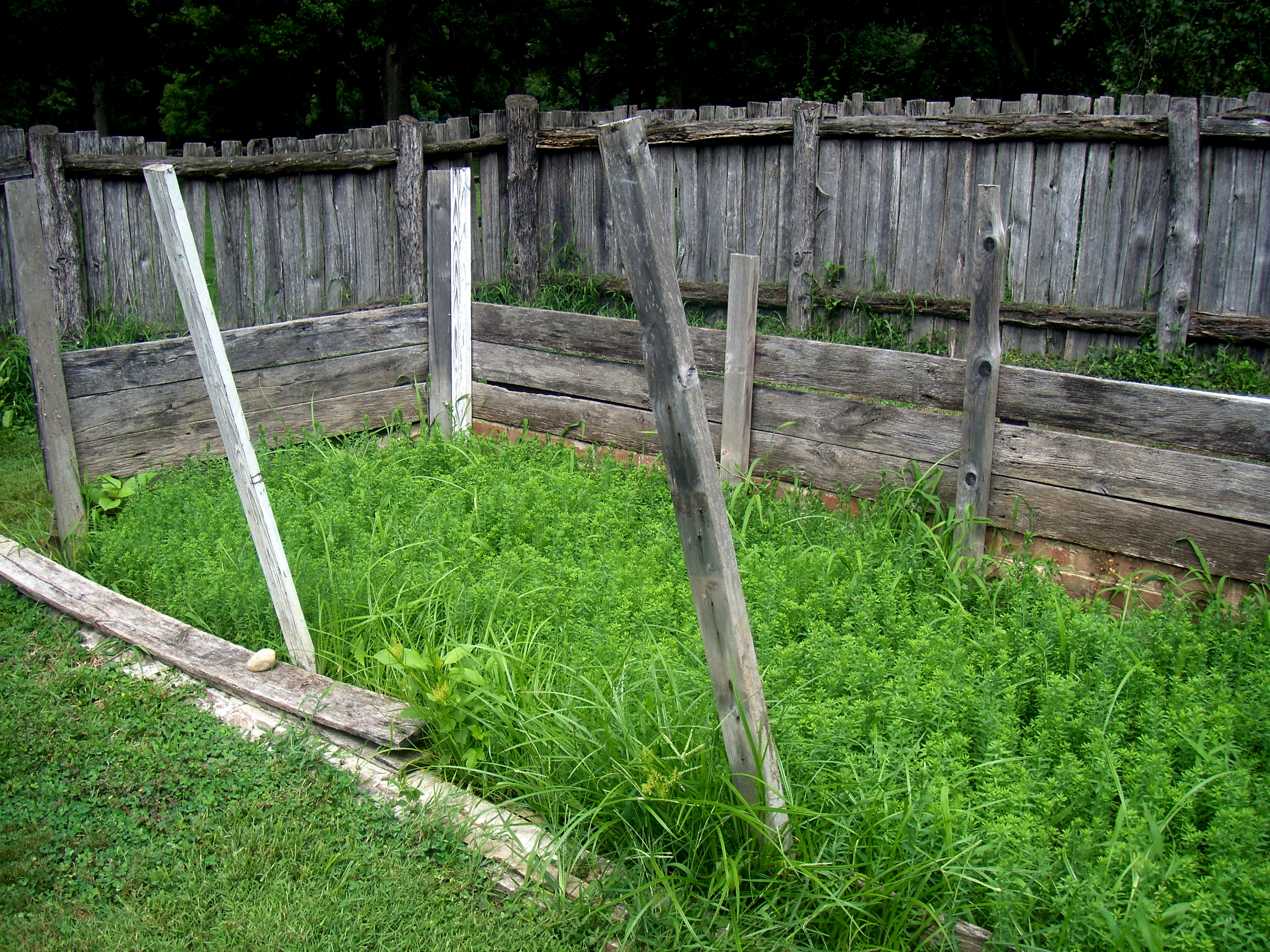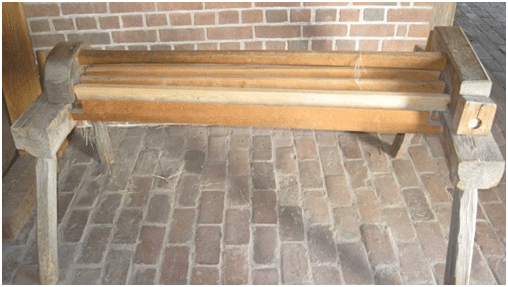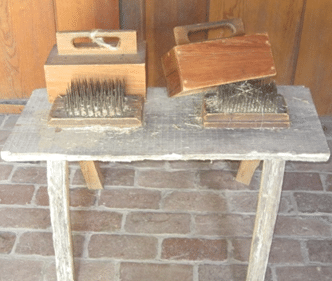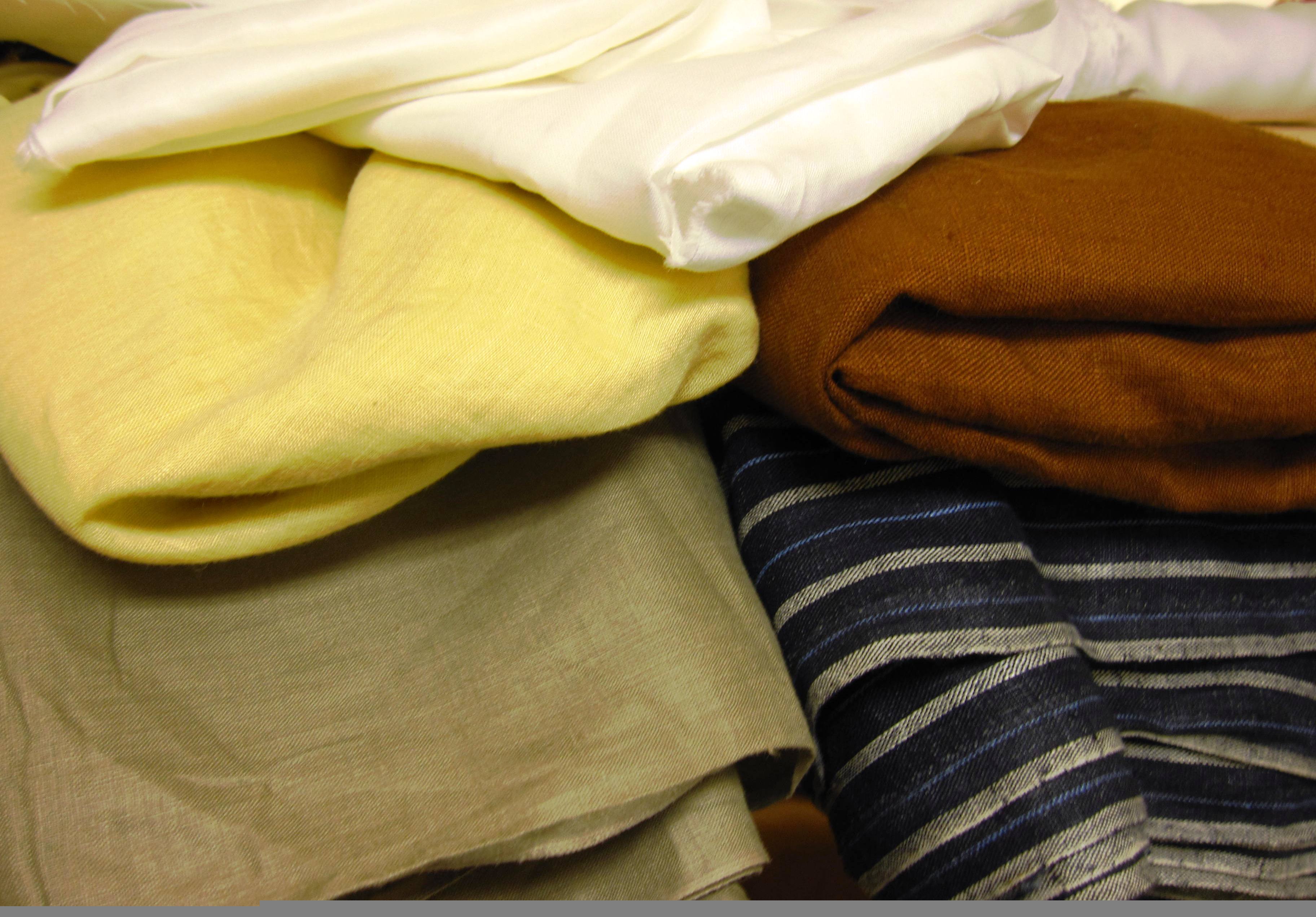
For reservations to experience “nkwiluntàmën: I long for it; I am lonesome for it (such as the sound of a drum)” by Indigenous artist Nathan Young, please go to https://nkwiluntamen.com/
The Country Life: Growing our Clothes
- July 17, 2012
- Posted By: Pennsbury Manor
As the summer heat drags on, we turn our focus to an important crop we’ve been growing in the Kitchen Garden: flax. This reed-like plant has been used for thousands of years to create a light-weight, durable fabric called linen, which was a staple textile for common folk and aristocrats alike.

Linen production in the Delaware River Valley began primarily in Swedish settlements as farmers began cultivating flax. By the time William Penn held the proprietorship of the colony, local leaders were urging settlers to increase growth of this fiber crop.
The harvest of the flax begins in late July. Farmers would pull the crop from the ground and tie them into small bundles in which they would be laid out to dry for several days. Next step would be to pull the fibers apart with a tool referred to as a “ripple comb.” During this stage, the seeds would be removed and could either be used for planting or sent to an oil mill for pressing.

Following this, the separated fibers would be wetted and laid out to soften. After separating them again, they would begin a process known as “hackling” or “hatchling.” Workers would draw fibers through a board with fixed steel teeth, providing fibers for grades of linen varying from rough working clothes to finer table clothes and sheets.

Flax was not initially a popular crop because of its need for fertile soil and the time-consuming, strenuous process of harvesting. However, flax became more profitable up into the mid-1700s as a major export of the region. Soon, with the rise of cotton in the 1800’s, linen production would nearly cease to exist.

On an estate such as Pennsbury Manor, linens of all kinds would be common, from the roughest weave to the finest bleached linen. Visitors can see evidence of it’s colonial role all around, from the tools of flax harvest found in the kitchen house to the linen press kept in Penn’s Great Hall to store his expensive investment. Linen was one of the key fabics of its time, and continues its popularity today!
By Ray Tarasiewicz, Intern